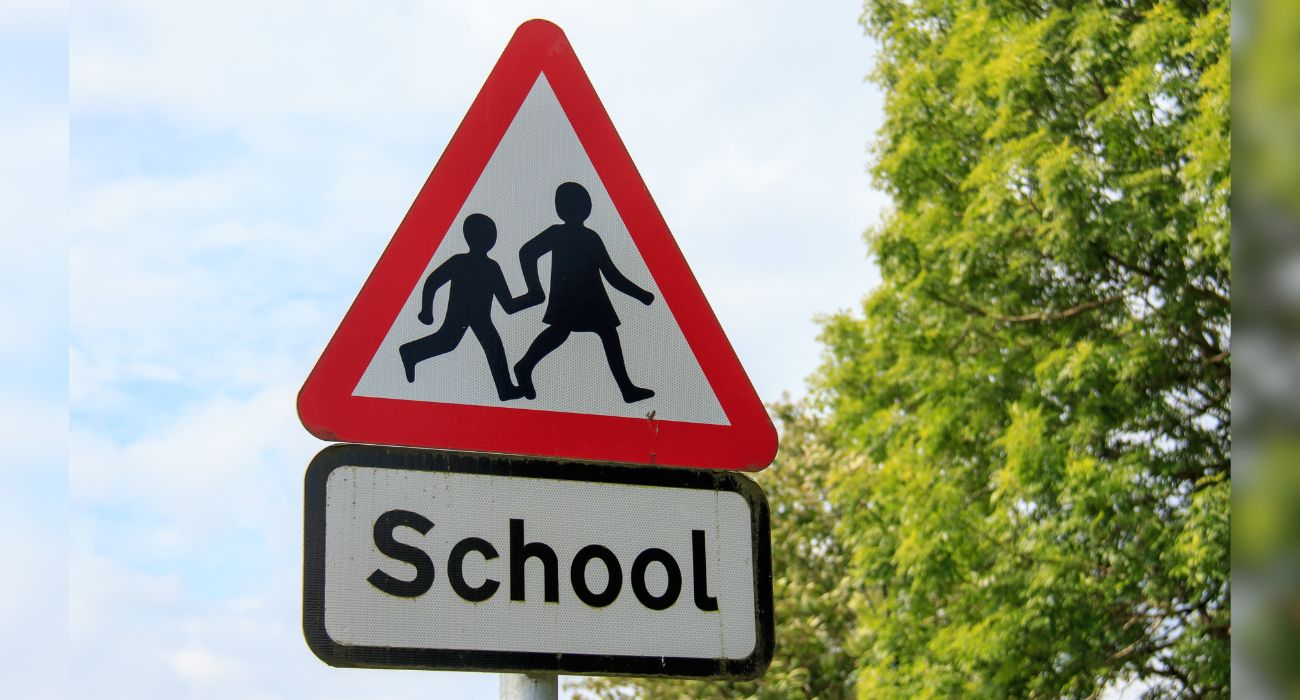Three federal grants have been revealed that aim to help school districts curb violence and promote safer campuses for students and teaching staff alike.
The Department of Justice is offering three funding opportunities opening in March that will allow school systems to spend federal taxpayer dollars on improving safety measures in and around their campuses.
In Texas, school safety has been at the forefront of conversation. Legislators recently passed a law requiring an armed peace officer to be stationed at every public school campus, as The Dallas Express has extensively covered. However, new safety protocols cost money to implement and maintain, and many public school districts have recently found themselves with budget shortfalls.
Thanks to the Greenlights Grant Initiative (GGI), a product of the Just Keep Livin’ Foundation, a conference was held in early February to help describe these upcoming federal funding opportunities to school districts across the country.
The three grants highlighted in the presentation were:
Bureau of Justice Assistance’s (BOJ) STOP School Violence Program — worth up to $1 million.
Office of Juvenile Justice and Delinquency Prevention’s (OJJDP) Enhancing School Capacity to Address Youth Violence — worth up to $1 million.
Office of Community Oriented Policing Services’ (COPS) School Violence Prevention Program — worth up to $500,000.
Each grant requires that recipients spend money on evidence-based practices and trauma-informed approaches, as well as forge partnerships with local actors. Here is a rundown of some of their details.
BOJ’s STOP School Violence Program
A total of 75 awards will be offered through this program. Funds can be used to develop and operate technology solutions, such as anonymous reporting systems for threats of school violence.
In coordination with law enforcement, health specialists, and other community stakeholders, money can be used to develop and implement multidisciplinary behavioral threat assessment and intervention teams.
Grant recipients may also allocate money to training and awareness-building initiatives aimed at students and staff, respectively, to prevent school violence. Funds can also go towards providing school resource officers with specialized training appropriate for curbing violence among school-aged children, such as mediation techniques, trauma-informed practices, and more.
OJJDP’s Enhancing School Capacity to Address Youth Violence
Another grant looking to help address youth violence in a school-based setting will be awarded to 22 recipients.
This money will go toward supporting evidence-based efforts to prevent and intervene in partnership with mental health, child welfare, and social service experts.
This grant prioritizes engagement with students’ families, which is considered to be a crucial part of dealing effectively with school violence. Thus, communication between community, school, and other partner stakeholders must be a priority.
COPS’ School Violence Prevention Program
Going out to 235 recipients, this award aims to help districts make security improvements on school campuses through supporting programs and technology proven to improve security. Gun violence preventative efforts are a key part of this award, meaning that applicants with a history of gun seizures or shooting incidents will be given priority.
Funds can go towards civilian personnel hired to liaise with local law enforcement, for instance, in order to organize training sessions and more.
However, to receive this grant, it is important that the security measures it backs do not create a prison-like atmosphere for students or rely on discriminatory stereotypes.
This is the only grant with a 25% cash cost share requirement, meaning state or local governments or some other entity would have to commit to matching funds for the program.






